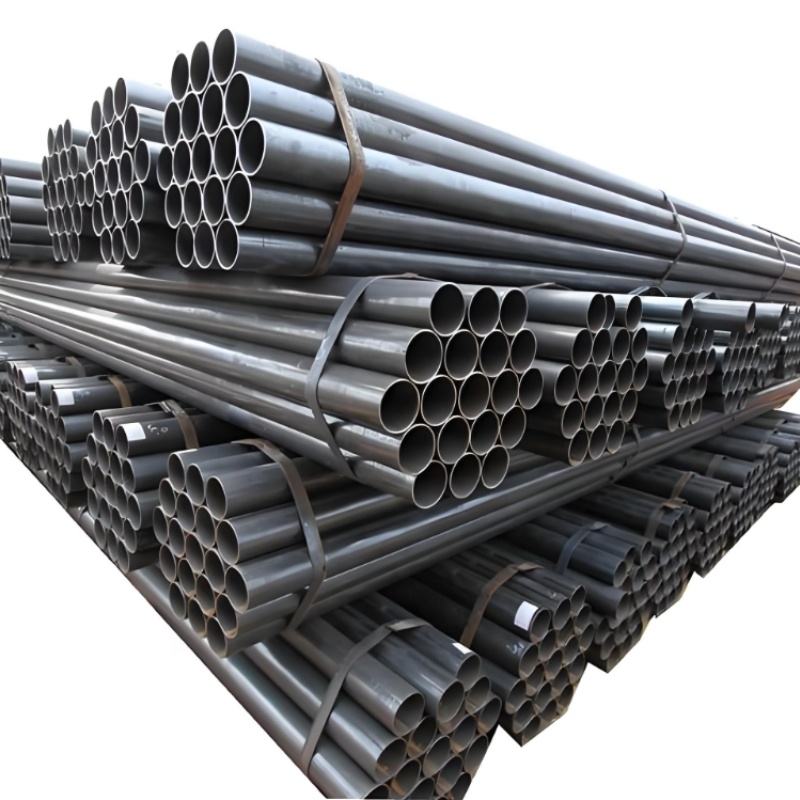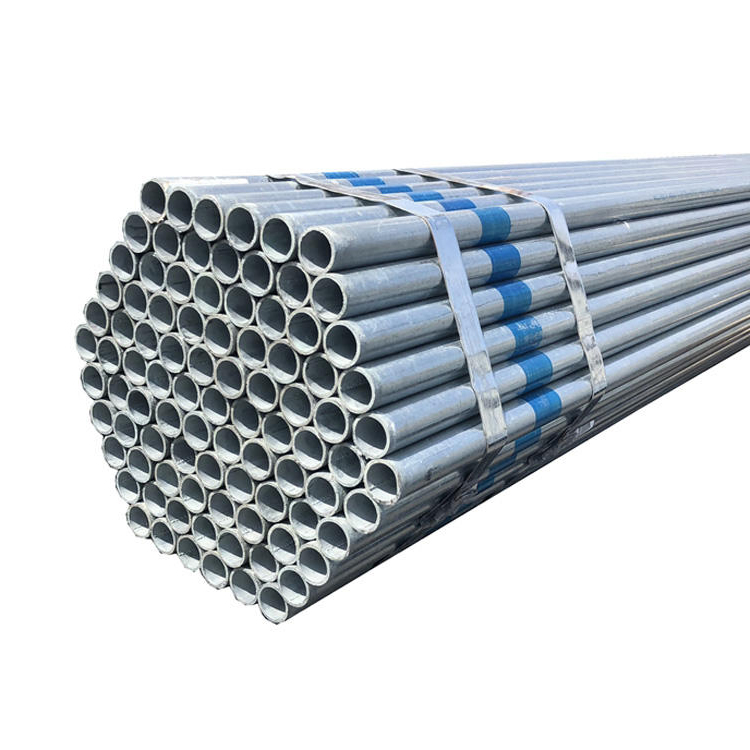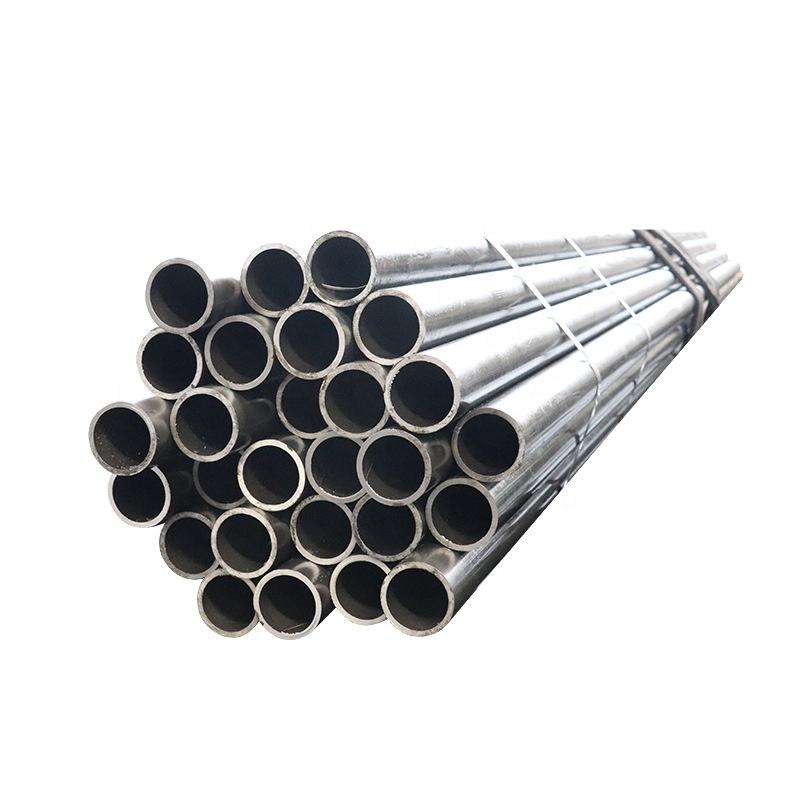Seamless steel pipes are divided into two categories: hot-rolled and cold-rolled (drawn) seamless steel pipes.
Hot rolled seamless steel pipes are divided into general steel pipes, low and medium pressure boiler steel pipes, high-pressure boiler steel pipes, alloy steel pipes, stainless steel pipes, petroleum cracking pipes, geological steel pipes, and other steel pipes.
Cold rolled (drawn) seamless steel pipes include not only general steel pipes, low and medium pressure boiler steel pipes, high-pressure boiler steel pipes, alloy steel pipes, stainless steel pipes, petroleum cracking pipes, and other steel pipes, but also carbon thin-walled steel pipes, alloy thin-walled steel pipes, stainless thin-walled steel pipes, and special-shaped steel pipes. Hot rolled seamless pipes generally have an outer diameter greater than 32mm and a wall thickness of 2.5-75mm. Cold rolled seamless steel pipes can have a diameter of up to 6mm and a wall thickness of up to 0.25mm, while thin-walled pipes can have an outer diameter of up to 5mm and a wall thickness less than 0.25mm. Cold rolling has higher dimensional accuracy than hot rolling.
Generally, seamless steel pipes are made by hot rolling or cold rolling high-quality carbon structural steels such as 16Mn and 5MnV, or alloy steels such as 40Cr, 30CrMnSi, 45Mn2, and 40MnB. 10. Seamless pipes made of grade 20 low-carbon steel are mainly used for fluid transportation pipelines. Seamless pipes made of medium carbon steel such as 45 and 40Cr are used to manufacture mechanical parts, such as load-bearing parts for automobiles and tractors. Generally, seamless steel pipes need to be tested for strength and flattening. Hot rolled steel pipes are delivered in either hot-rolled or heat-treated condition; Cold rolling is delivered in a heat-treated state.
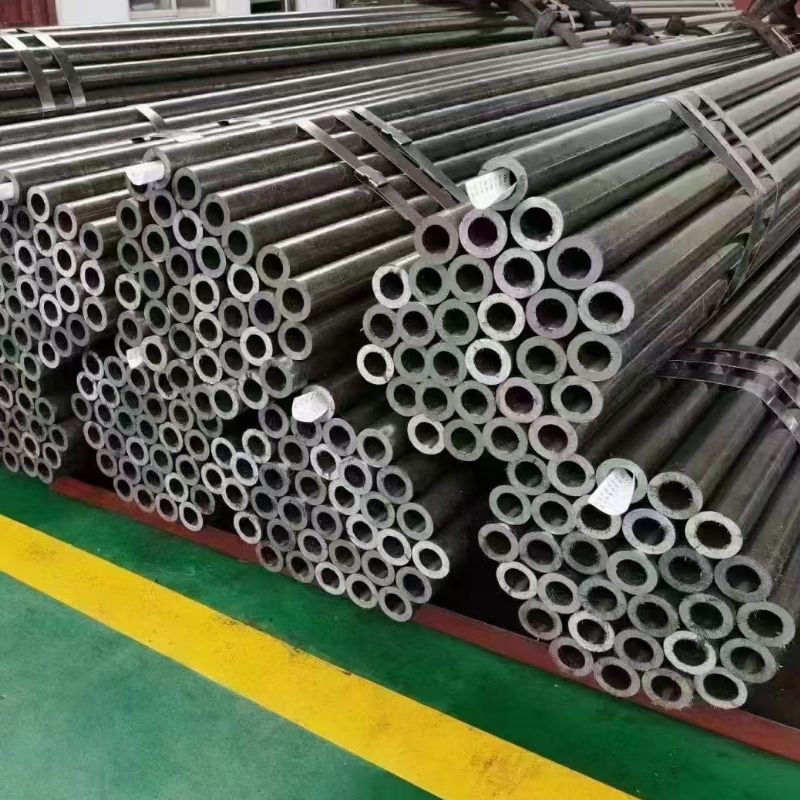
Seamless steel pipes for low and medium pressure boilers: used to manufacture various types of low and medium pressure boilers, superheated steam pipes, boiling water pipes, water-cooled wall pipes, as well as superheated steam pipes, large smoke pipes, small smoke pipes, and arch brick pipes for locomotive boilers. Hot rolled or cold-rolled seamless steel pipes made of high-quality carbon structural steel. Mainly made of 10 and 20 steel, in addition to ensuring chemical composition and mechanical properties, hydrostatic testing, edge rolling, expansion, flattening and other tests should be conducted. Hot rolling is delivered in a hot-rolled state, while cold rolling (drawing) is delivered in a heat-treated state.
High pressure boiler steel pipe: It is mainly used to manufacture high-quality carbon structural steel, alloy structural steel, and stainless heat-resistant seamless steel pipes for steam boiler pipelines with high pressure and above. These boiler pipes often work under high temperature and high pressure, and the pipes will also undergo oxidation and corrosion under the action of high temperature flue gas and steam. Therefore, steel pipes are required to have high durability, high oxidation resistance, and good structural stability. The steel grades used are: high-quality carbon structural steel steel steel grades include 20G, 20MnG, and 25MnG; Alloy structural steel grades: 15MoG, 20MoG, 12CrMoG, 15CrMoG, 12Cr2MoG, 12CrMoVG, 12Cr3MoVSiTiB, etc; Stainless heat-resistant steel commonly used 1Cr18Ni9 and 1Cr18Ni11Nb high-pressure boiler tubes need to undergo water pressure tests one by one, including expansion and flattening tests, in addition to ensuring their chemical composition and mechanical properties. Steel pipes are delivered in a heat-treated state. In addition, there are certain requirements for the microstructure, grain size, and decarburization layer of finished steel pipes.
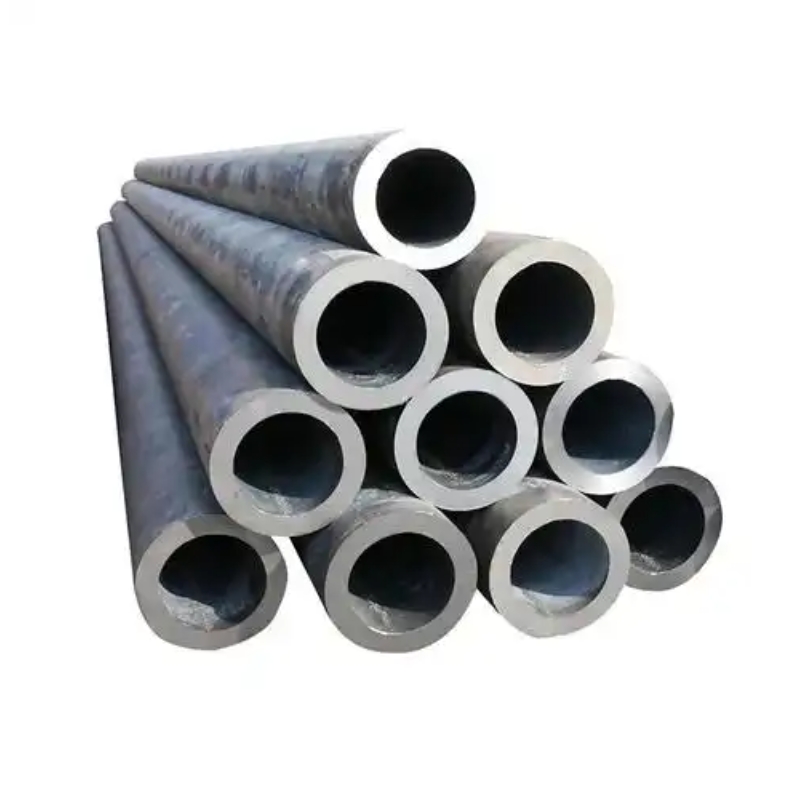
Seamless steel pipes for geological drilling and petroleum drilling: To explore the underground
rock structure, groundwater, oil, natural gas, and mineral resources, drilling machines are used to drill wells. The extraction of oil and natural gas cannot be separated from drilling wells. Seamless steel pipes used in geological drilling are the main equipment for drilling, mainly including core outer pipes, core inner pipes, casing, drill pipes, etc. Due to the fact that drilling pipes need to work at depths of several thousand meters in geological formations, the working conditions are extremely complex. Drill pipes are subjected to stress such as tension, compression, bending, torsion, and uneven impact loads, as well as wear from mud and rocks. Therefore, it is required that the pipes must have sufficient strength, hardness, wear resistance, and impact toughness. Steel pipes are represented by "DZ" (the Chinese phonetic prefix for geology) followed by a number one to indicate the yield point of steel. Commonly used steel grades include 45MnB and 50Mn for DZ45; 40Mn2 and 40Mn2Si of DZ50; 40Mn2Mo and 40MnVB of DZ55; 40MnMoB for DZ60 and 27MnMoVB for DZ65. Steel pipes are delivered in a heat-treated state.
Petroleum cracking pipe: Seamless pipe used for furnace tubes, heat exchanger tubes, and pipelines in petroleum refineries. Commonly used high-quality carbon steel (10, 20), alloy steel (12CrMo, 15CrMo), heat-resistant steel (12Cr2Mo, 15Cr5Mo), and stainless steel (1Cr18Ni9, 1Cr18Ni9Ti) are manufactured. In addition to verifying the chemical composition and various mechanical properties, steel pipes also need to undergo tests such as water pressure, flattening, and expansion, as well as surface quality and non-destructive testing. Steel pipes are delivered in the heat-treated state. Stainless steel pipe: Stainless steel pipes hot-rolled and cold-rolled with various stainless steels, widely used in petroleum and chemical equipment pipelines and various stainless steel structural parts for various purposes. In addition to ensuring chemical composition and mechanical properties, all steel pipes used to withstand fluid pressure must pass the hydrostatic test. Various specialized steel pipes must be guaranteed according to regulations.



